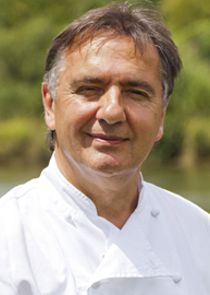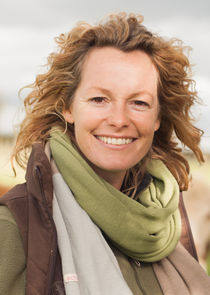The end of the year at Kew is fast approaching, winter is setting in, but some crops positively love the cold and Raymond learns how brassicas cope in this frosty season. Kate visits Kew's Millennium Seed Bank to discover the secret to the survival of our winter greens, while Raymond cooks a nutrient-rich kale dish with sweet and sour pork.
At Fishbourne Place, Kate finds out how leeks were considered medicinal in Roman time, but back at Kew disaster has struck! Raymond had planned to make a light leek terrine, but the whole leek crop has been devastated!
The Palm House at Kew holds the UK's largest collection of bananas, but only one variety, the Cavendish, now vulnerable to extinction, tends to be consumed. Kate visits the University of Leicester, where there is a race against time to find a replacement. She also learns how chicory coffee was once a popular British drink, while Raymond tries out the forced chicory grown at Kew in his winter-warming chicory gratin.
Travelling to Gressenhall Farm in Norfolk, Kate reveals how the humble turnip changed the course of farming and helped to double Britain's population. Raymond brings the turnip bang up to date when he makes a variation on traditional sauerkraut - cured and spiced turnip.
Domestic historian Ruth Goodman shows Kate how the once-popular Tudor royal treat quince jellies are made and, as Raymond and Kate's year at Kew draws to an end, the garden is prepared for its next cycle - seeds are saved and soil is mulched. Raymond makes a festive poached quince to celebrate, and they reflect on their - mostly - successful year.








No comments yet. Be the first!